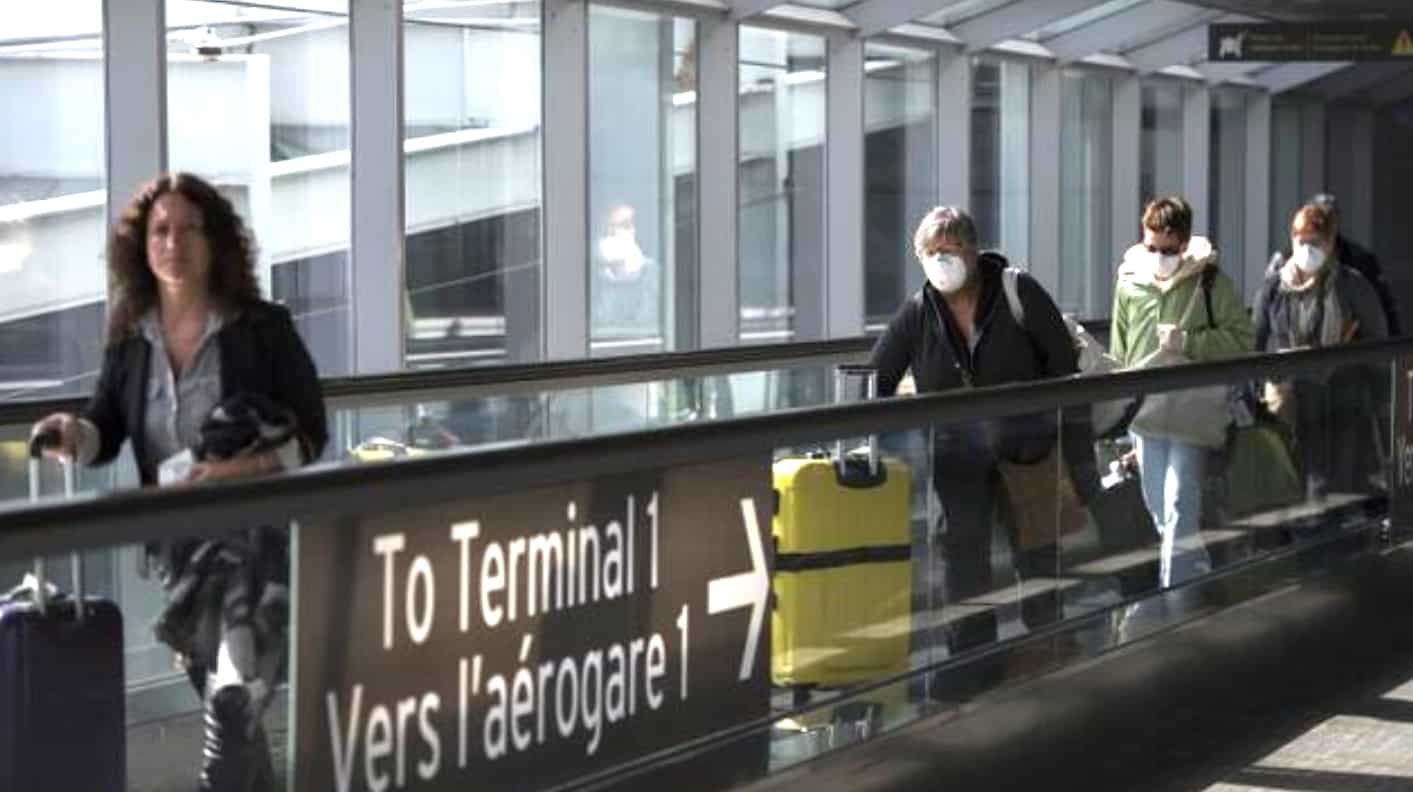Woodbridge_Heights
Senior Member
But sometimes (apparently 27 times between 2012 and 2017) they don't listen or understand (maybe doing their best Harrison Ford impression?).
27 times over 6 years or 4.5 times a year. Certainly worthy of investigation but is it the most urgent issue needing to be addressed? Remember the report stated that the runways DO met current safety regulations so there is little impetus to make expensive changes. Again pilots need to follow ATC commands.
And if this is the only airport out of the 100 they looked at that had this type of set-up, then presumably this unusual arrangement for a major airport might be part of what is tripping them up.
I'd be curious to see what airports they looked at and what specifically about the arrangement at Pearson is unique. Newark for example has a similar runway pair in their 04/22 pair (sure they have a taxiway between the runways) any aircraft landing on 22L still needs to cross runway 04L/22R to get to the terminal. LAX has two paired runways, 06/24, and 07/25 and in both cases landing aircraft need to cross the inner runway when landing on the outer runway and there are NO taxiways running around the end of the runways. Paris CDG also has two paired runways 09/27 and 08/29 and NO perimeter taxiways around the end of the runways. Even Manchester, though not exactly paired, still requires an aircraft to cross one runway to get to/from another runway. I just don't see how Pearson could be so unique that pilots are so thrown off that they start driving into active runways with other aircraft on them.
It would appear the difference between Pearson and other airports is the lack of a taxiway in between the pairs (see Newark for example), thus runway perimeter taxiways would not fix it. It would require a complete rebuild of the south runway complex moving one or both runways apart in order to fit in an interior taxiway.
As they said in the report, it seems kind of lucky that it hasn't led to a collision yet, but waiting for it to happen before addressing the problem doesn't strike me as being the wisest course of action.
This sounds to me like media speak. Luck has nothing to do with it, ignoring ATC command has the potential for serious consequences whether it's stopping at runway thresholds or maintaining assigned tracks or flight levels.
There are operational ways to mitigate this situation. Pearson could use the inner runway for arrivals and the outer runway for departures, though you still have an aircraft having to cross a runway (this time at the end of the runway instead of in the middle). Or you could eliminate use of the high speed turn off during times where both runways are being used for simultaneous departures/arrivals, though this could affect airport efficiency. Or you could simply fine the airlines that fail to stop at that runway threshold, that would get airlines and pilots attention
From what I can see in the 2017 GTAA Master Plan, it states "Where our 2008 Master Plan anticipated the need for a new runway, we now expect to be able to meet demand with existing capacity throughout our 20-year planning period."
Did you see the part in the Master Plan that said " we will continue to protect land that would make this runway alignment possible, both as we make land use decisions on the grounds of Toronto Pearson and as we consider registered zoning beyond the airport boundary "?











